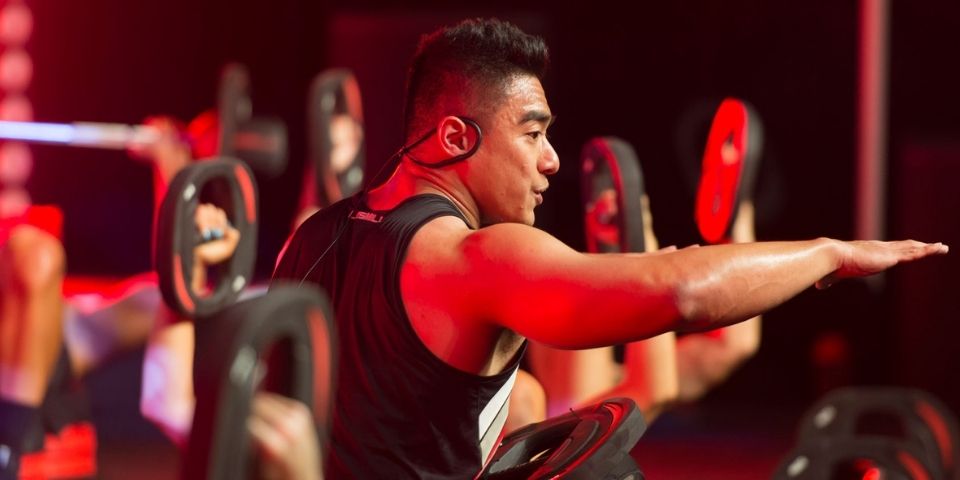Tip #1 – watch yourself
The #1 response by far when the team was queried in regards to refining technique was self-assessment through mirror work or filming.
Leigh recommends filming yourself while actually teaching a class, as it’s possible that your technique changes while you are teaching. When it comes to refining form with mirror work Alex’s advice is to focus on one aspect of the move at a time “do the repetitions required to perfect it before moving on to the next move”.
Tip #2 – dig a little deeper
“Understanding is much deeper than knowledge. There are many people who know you, but very few who understand you.”
Masterful technicians want to know every little detail about the execution and purpose of the movement – a ballet dancer will spend hours refining the slightest adjustment of their toe placement in a pirouette in the rehearsal room, so that the second they go on stage they can trust their bodies during the make or break performance moment. Riyo for example tries to understand the purpose of the moves or poses “in BODYBALANCE, I tend to go back to the yoga asanas often”. In the same vein and with a background as a chiropractor and a passion for movement Adam is very much a student of his programs studying related fields such as Pilates for CXWORX and Olympic lifting for BODYPUMP.
Tip #3 – practice makes perfect
“An amateur practices until they get it right. A professional practices until they can’t get it wrong.”
We’ve all heard the saying, practice makes perfect – but in this time poor world that we live in finding time to do this can be a challenge. Genevieve uses “marking” as a way to practice but conserve precious energy “marking is where you do the move at 50% energy or less”, where Andy does the opposite, practicing to a point where technique becomes compromised to understand her limitations so when it comes to a class situation she can identify the point she needs to pay particular attention to her physicality.
Tip #4 – seek feedback
“The delicate balance of mentoring someone is not creating them in your own image, but giving them the opportunity to create themselves.” (Steven Spielberg).
Finding a mentor or someone who will give you honest feedback is an essential part of growth and development, in life and in teaching. The challenge is finding a mentor that is right for you. Josh recommends finding a mentor that embodies what you seek (for example strong technique). It’s also advisable to seek several mentors, as each will have different strengths – even if you can’t be specifically mentored by them, attending their class would be beneficial. The club you teach at (or wish to teach at) may have dedicated mentors that have been nominated, so it’s worth talking to the group fitness manager first and they can put you in touch. If you are a mentor yourself or have been approached, these 10-tips on being a mentor will help get you started. https://www.lesmills.com.au/node/589
Contributors (and where you will see them in action at Q3 Workshops 2017)
Alex Clark, BODYPUMP, RPM, GRIT & Sprint Presenter
ACT: 20 August
Adam Epskamp, BODYPUMP Trainer/Presenter
QLD (Sunshine Coast): 26 August
Riyo Fukunaga, Training Manager South East Asia, BODYBALANCE & BODYVIVE Trainer/Presenter
KL Super: 20 August
Jakarta Super: 27 August
Andy Hately, RPM Presenter
ACT: 20 August
Genevieve Rebbechi, BODYJAM, SH’BAM & BORN TO MOVE Trainer/Presenter, BODYVIVE Presenter
VIC (Nunawading): 20 August
Leigh Sherry, CXWORX & BODYSTEP Trainer/Presenter
Darwin: 26 August
Josh Wilms, BODYJAM & SH’BAM Presenter
VIC (Nunawading): 20 August
WA: 27 August

